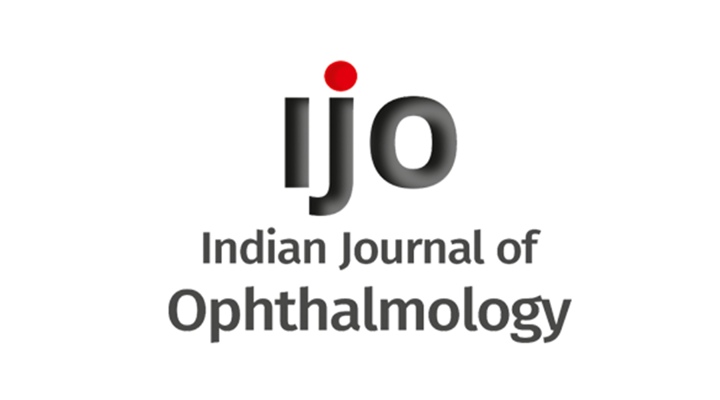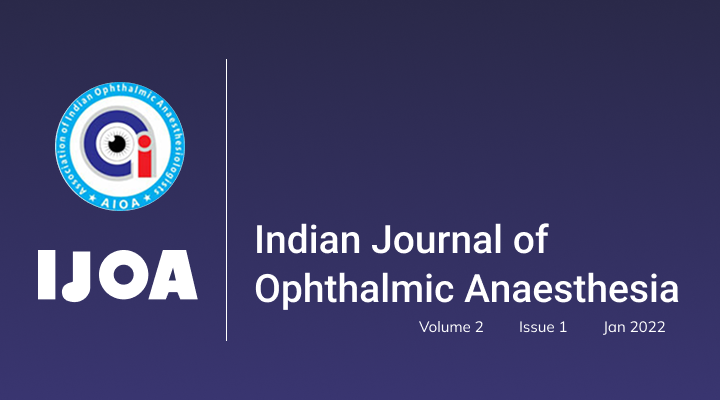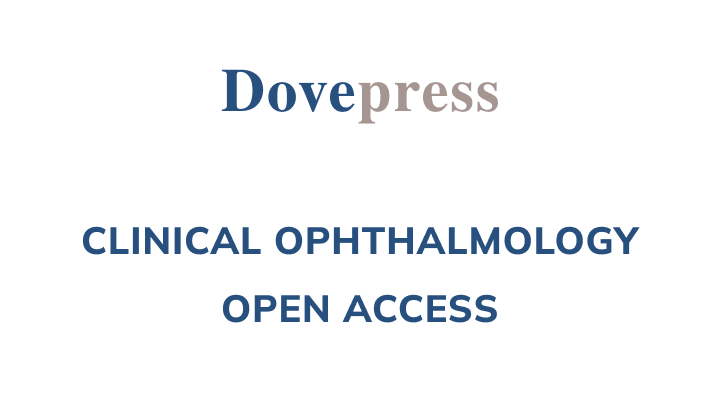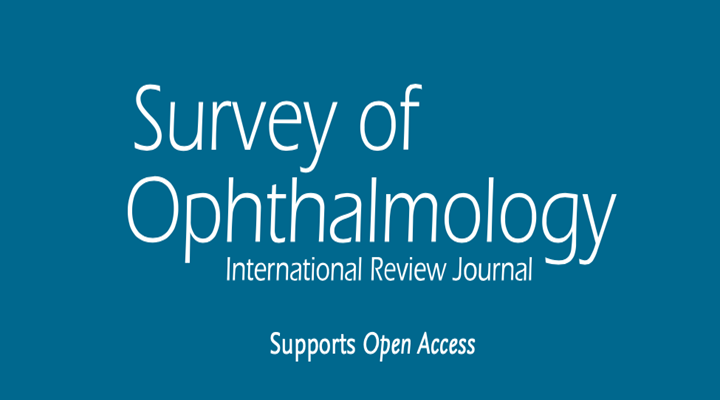Research Update
Others Research Update
RESEARCH CHRONICLES
What’s Shaping Eye Care?
Research Update#4
Keratoprosthesis in Severe Dry Eye Disease:
A Review of Designs

Our Focus
In collaboration with the experts in the field of ocular surface diseases, Dr Supriya Sharma, Faculty, Cornea and Anterior Segment Services at SSEI, has contributed to a review article that features in the Indian Journal of Ophthalmology journal. In this article, the authors have highlighted various keratoprosthesis designs and their long-term outcomes in patients with severe dry eye disease.
What is it about?
Bilateral corneal blindness with severe dry eye disease (DED) may develop as a sequelae, which is a highly complex situation to treat. In such eyes, procedures such as penetrating keratoplasty alone or combined with limbal stem cell transplantation are doomed to fail. In these eyes, keratoprosthesis (Kpro) or an artificial cornea is the most viable option, eliminating corneal blindness even in eyes with autoimmune disorders such as Stevens-Johnson syndrome, ocular mucous membrane pemphigoid, Sjogren's syndrome, and nonautoimmune disorders such as chemical/thermal ocular burns, all of which are complex pathologies. Performing a Kpro in these eyes also eliminates the need for systemic immunosuppression and may provide relatively early visual recovery. In such eyes, the donor cornea around the central cylinder of the Kpro needs to be covered with a second layer of protection to avoid desiccation and progressive stromal melt of the underlying cornea, which is a common complication in eyes with severe DED. In this review, we will focus on Kpro designs that have been developed to survive in eyes with the hostile environment of severe DED. Their outcomes in such eyes will be discussed.
Why it matters
Keratoprosthesis is a vital tool in managing corneal blindness caused by severe dry eye disease. While it demands meticulous postoperative care and is associated with potential complications, its ability to restore vision in cases where other treatments fail underscores its transformative role in ophthalmology. Further advancements in technology and technique are expected to make KPro more accessible and effective for DED patients globally.
Citation
Sharma S, Donthineni PR, Iyer G, et al. Keratoprosthesis in dry eye disease. Indian J Ophthalmol. 2023;71(4):1154-1166.






